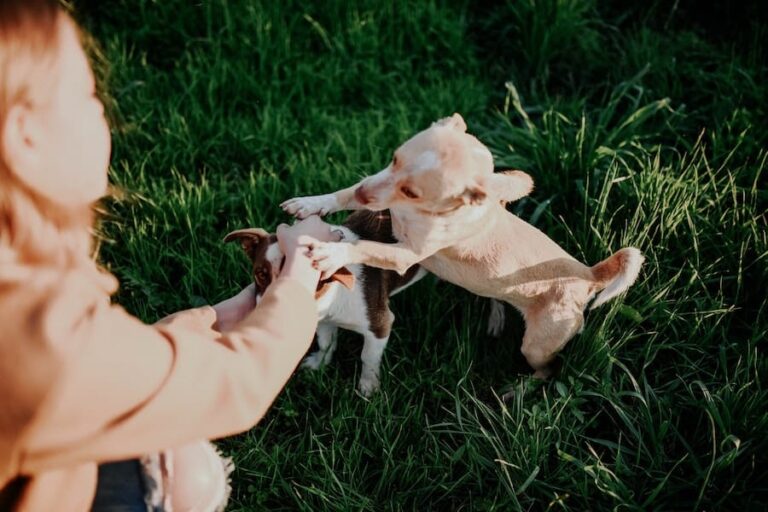Welcoming a new furry friend into your life is an exciting and joyful experience. However, as a responsible pet owner, it is essential to establish clear boundaries and ensure that your four-legged companion understands and follows your commands. This is where obedience training plays a crucial role.
Obedience training not only helps in shaping desirable behaviors but also strengthens the bond between you and your canine friend. In this article, we will explore the significance of obedience training and provide some practical tips for successful training sessions. (Ultram)
Why Obedience Training Matters
Obedience training is an essential aspect of responsible pet ownership. It establishes a line of communication between you and your dog, allowing you to effectively convey your expectations and ensure their safety. Here are some reasons why obedience training matters:
Safety: A well-trained dog is more likely to respond promptly to commands, ensuring their safety in potentially dangerous situations. Basic commands such as “sit,” “stay,” and “come” can prevent accidents and keep your dog out of harm’s way.
Socialization: Obedience training helps your dog become well-mannered and socialized. It teaches them how to behave appropriately around people, other animals, and in various environments. This makes outings and interactions with others more enjoyable for both you and your dog.
Bonding: The training process itself strengthens the bond between you and your furry friend. When you engage in positive reinforcement-based training, it fosters trust, understanding, and mutual respect. Training sessions become an opportunity for quality time and bonding experiences.
Tips For Successful Obedience Training
Start Early: Begin obedience training as early as possible. Puppies are highly receptive to learning and can quickly grasp basic commands. (https://www.disabilityhelpcenter.org) However, dogs of any age can benefit from training. Be patient and consistent throughout the process.
Positive Reinforcement: Use positive reinforcement techniques to encourage desired behaviors. Reward your dog with treats, praise, and affection whenever they respond correctly to a command. This positive association motivates them to repeat the behavior and reinforces their understanding of what is expected.
Consistency is Key: Consistency is vital in obedience training. Use the same verbal cues and hand signals for each command. Ensure that all family members use consistent training methods and enforce the same rules. This prevents confusion and helps your dog understand what is expected from them.
Short and Engaging Sessions: Keep training sessions short and engaging, especially in the beginning. Dogs have limited attention spans, so focus on short bursts of training with breaks in between. End each session on a positive note to keep your dog motivated and eager for the next session.
Gradual Progression: As your dog becomes proficient in basic commands, gradually introduce more advanced exercises and challenges. This helps them build confidence and further solidifies their training foundation. Remember to be patient and understanding throughout the process.
Seek Professional Guidance if Needed: If you encounter challenges during training or if you feel overwhelmed, don’t hesitate to seek professional help. Certified dog trainers can provide guidance, address specific issues, and tailor training methods to suit your dog’s individual needs.
Conclusion
Obedience training is a fundamental part of responsible pet ownership. It empowers you to establish a harmonious and respectful relationship with your furry companion. Through positive reinforcement, consistency, and patience, you can shape your dog’s behavior, ensuring their safety, socialization, and overall well-being.
Embrace the journey of obedience training as an opportunity to strengthen the bond between you and your beloved canine friend. Remember, the key ingredients for successful training are love, patience, and a commitment to building a lifelong partnership filled with joy and mutual understanding.
